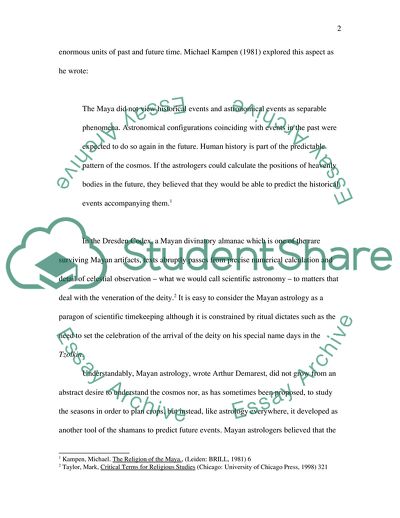Cite this document
(Peculiarities of Ancient Maya Astrology Coursework, n.d.)
Peculiarities of Ancient Maya Astrology Coursework. Retrieved from https://studentshare.org/environmental-studies/1713956-ancient-maya-astrology
Peculiarities of Ancient Maya Astrology Coursework. Retrieved from https://studentshare.org/environmental-studies/1713956-ancient-maya-astrology
(Peculiarities of Ancient Maya Astrology Coursework)
Peculiarities of Ancient Maya Astrology Coursework. https://studentshare.org/environmental-studies/1713956-ancient-maya-astrology.
Peculiarities of Ancient Maya Astrology Coursework. https://studentshare.org/environmental-studies/1713956-ancient-maya-astrology.
“Peculiarities of Ancient Maya Astrology Coursework”. https://studentshare.org/environmental-studies/1713956-ancient-maya-astrology.


